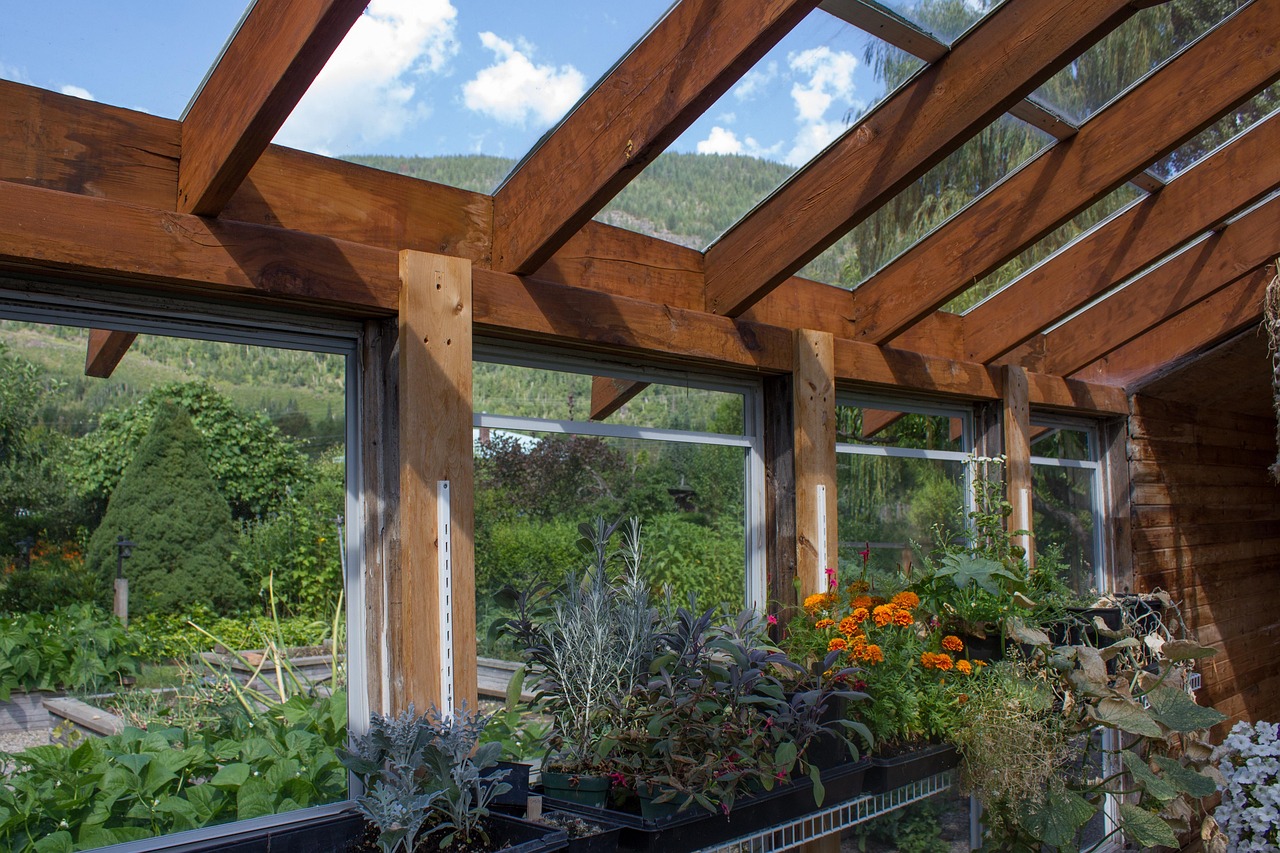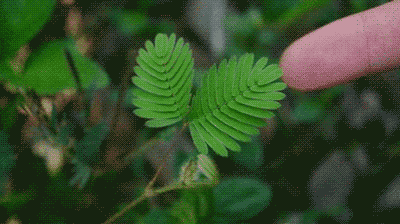Let’s have a natter about those plants that really steal the show in British gardens – the kind that make you stop and stare one minute, then want to pull your hair out the next. You know the type… absolutely stunning, but secretly a bit high-maintenance.
Climbing rose ‘Gertrude Jekyll’

Take the climbing rose ‘Gertrude Jekyll’. Those big, blousy pink flowers and that old-fashioned rose scent? Properly swoon-worthy. But here’s the catch – she’s a magnet for aphids, black spot, and mildew. Miss a week of pruning and spraying (garlic tea, anyone?), and by midsummer you’ll be staring at a sad, leafless mess. If you fancy something just as romantic but less demanding, the ‘Flower Carpet’ roses are a great shout – just as pretty but tough as old boots.
hydrangea ‘Annabelle
Then there’s the hydrangea ‘Annabelle’, with those massive snowball blooms that look almost too perfect to be real. Gorgeous, until a stiff breeze turns your garden into a bit of a floral disaster, or a dry spell leaves the leaves drooping like a disappointed parent. These divas need soil that’s always moist (but not soggy), dappled shade (but not too much), and shelter from the wind (but not so much they get stuffy). For similar drama without the faff, hydrangea paniculata ‘Limelight’ laughs off sun, drought, and even looks stunning when its flowers fade to vintage tones in autumn.

Box topiary
And what about box topiary ….. those perfectly clipped balls and cones that pop up in every Instagram garden? What they don’t show you are the box moth caterpillars munching away, the ugly fungal diseases, and how winter damp can turn roots to mush.
If you’d rather not spend your weekends wielding shears and fungicide, Ilex crenata is your new best mate – looks just like box but actually wants to live.

English lavender and ornamental grasses
English lavender might seem like the perfect cottage garden plant, with its calming scent and purple haze of flowers. But this Mediterranean native hates wet feet, gets woody if you don’t prune it just right, and might give up the ghost if you look at it funny in winter. For a similar charm without the diva antics, Perovskia (Russian sage) has the same silvery leaves and bee-friendly blue flowers, but with proper survival skills.

The ornamental grass ‘Pennisetum’ sways so beautifully in the breeze you’ll want to film it in slow motion. That is, until you realise it spreads like gossip at a village fete, chokes out its neighbours, and needs dividing every couple of years. For the same wispy elegance without the takeover, Stipa tenuissima is your low-maintenance soulmate.
Now, a couple more beauties that come with a fair bit of hard work:
Japanese maple – Acer palmatum

The Japanese maple ‘Acer palmatum’ is all delicate leaves and stunning autumn colour – until the scorching sun crisps the foliage or a late frost nips the new growth. It needs just the right amount of dappled shade, protection from wind, and soil that’s neither too wet nor too dry. For similar foliage drama without the fuss, Amelanchier lamarckii gives you spring blossom, autumn colour, and happy wildlife – all while being remarkably easy-going.
Wisteria
And who could resist wisteria, dripping with purple blooms like something from a period drama? Just be ready for aggressive pruning (twice a year!), waiting up to seven years for flowers, and relentless shoots that’ll pry up your roof tiles given half a chance.
For a less demanding climber with similar romance, Clematis montana covers itself in pink or white flowers every spring with barely any encouragement.
Waiting up to seven years for flowers, and relentless shoots that’ll pry up your roof tiles given half a chance.
For a less demanding climber with similar romance, Clematis montana smothers itself in pink or white flowers every spring with barely any encouragement.
The truth is, every stunning garden has its share of labour-intensive stars – the trick is knowing which ones are worth the effort for you.
Maybe you don’t mind playing plant therapist to a temperamental rose, or perhaps you’d rather spend your summer sipping Pimm’s than worrying about fungal spots.
Either way, there’s always a slightly easier option that’ll still have the neighbours peeking over the fence in admiration.
PS: Don’t forget to check out the Season Calendar I published. I’ll keep updating it, and feel free to send me stuff to put there!
In general, it’s a calendar organized by season, followed by the months within each season, along with what’s good to plant and what tends to bloom well during that time.



